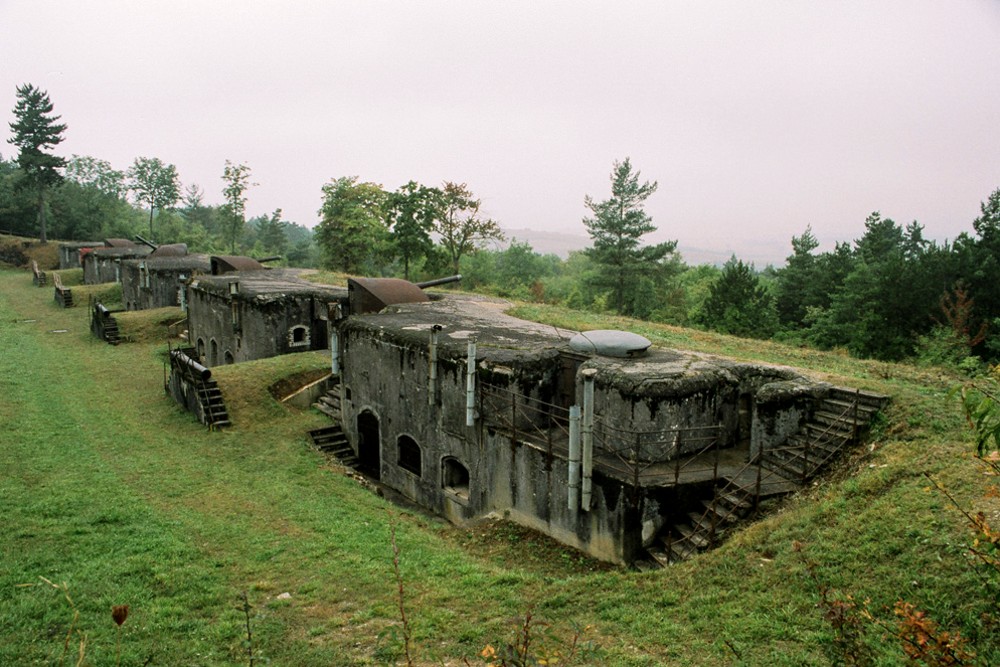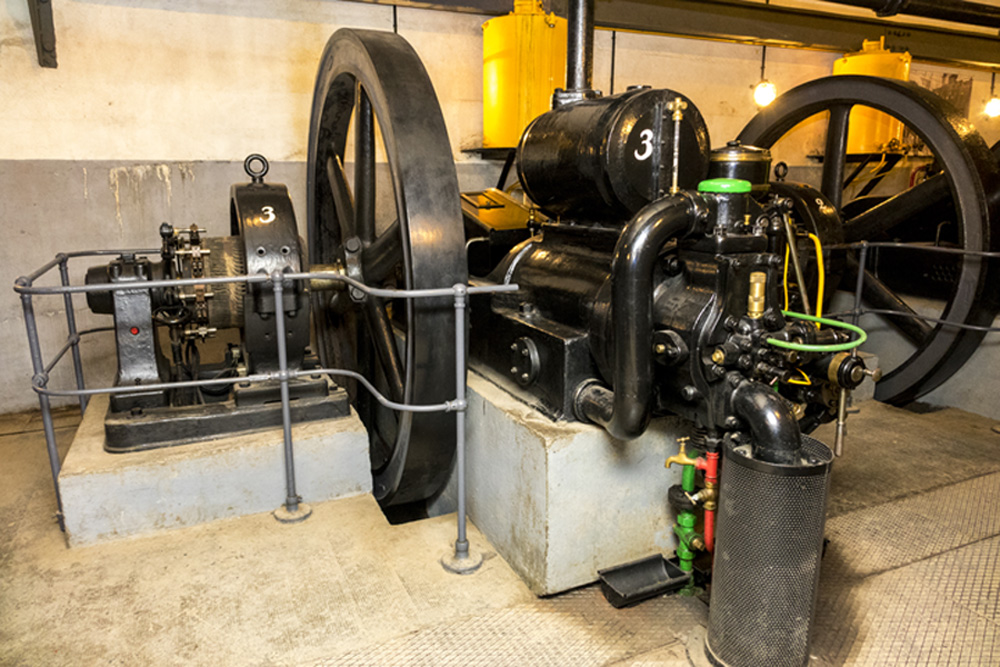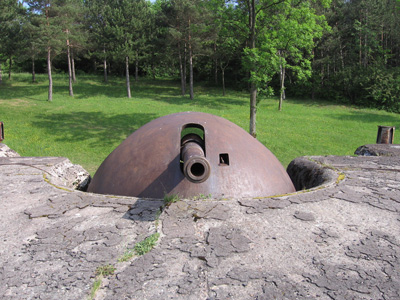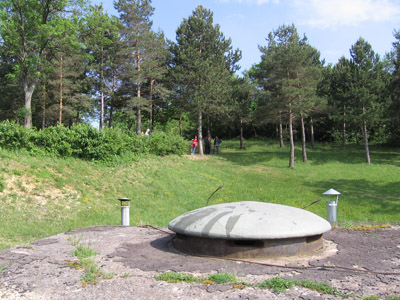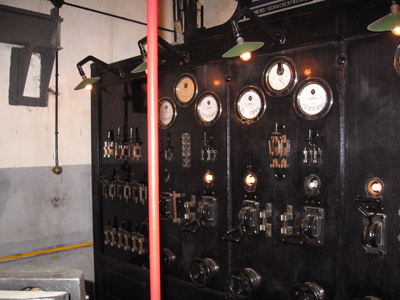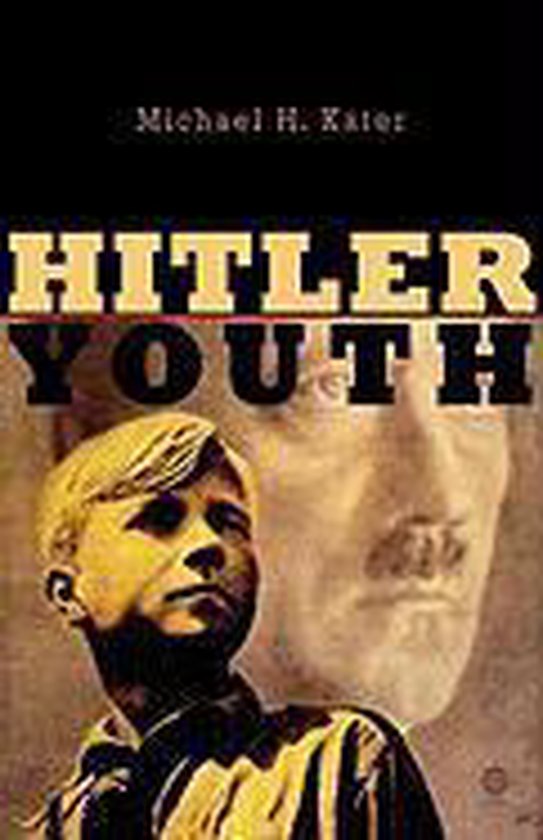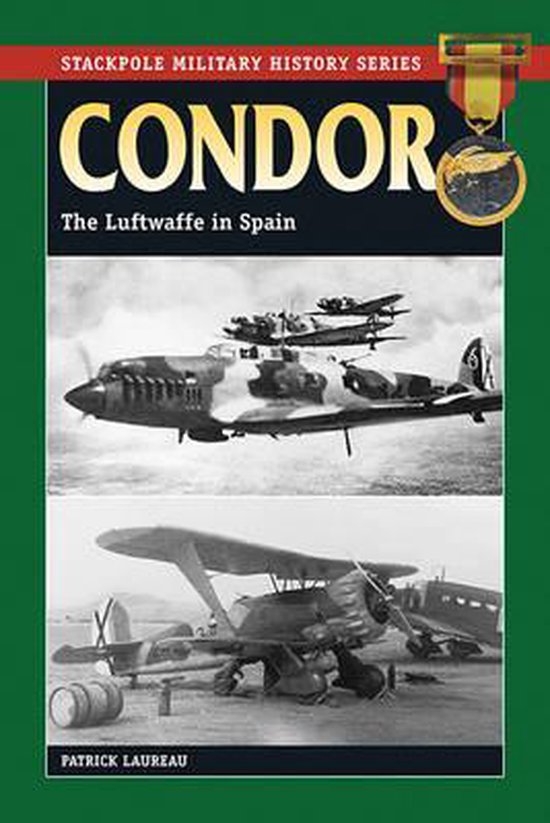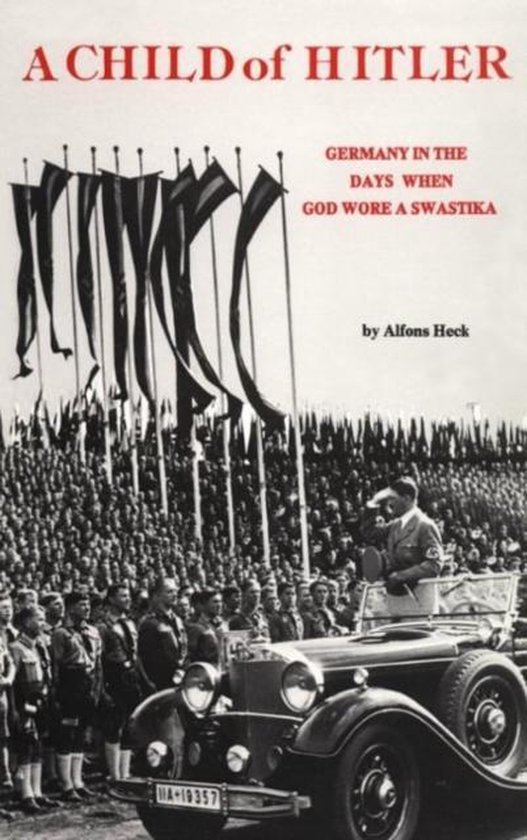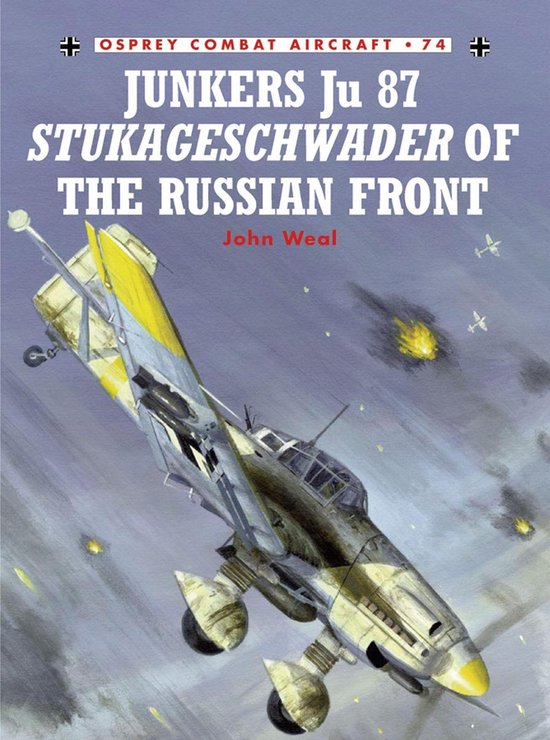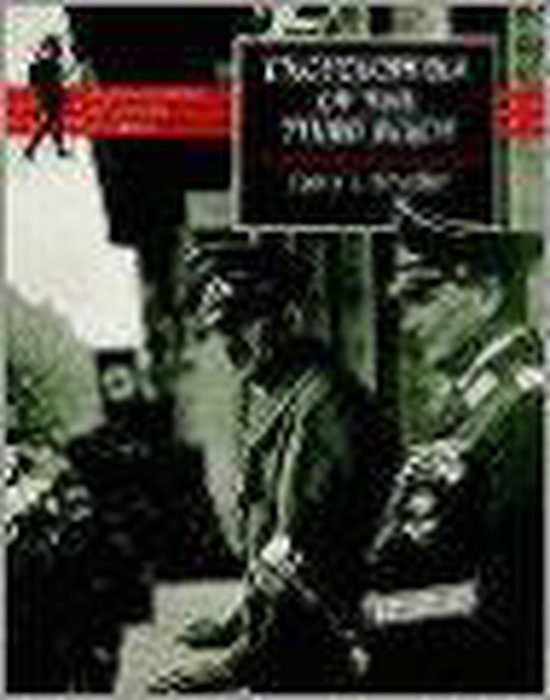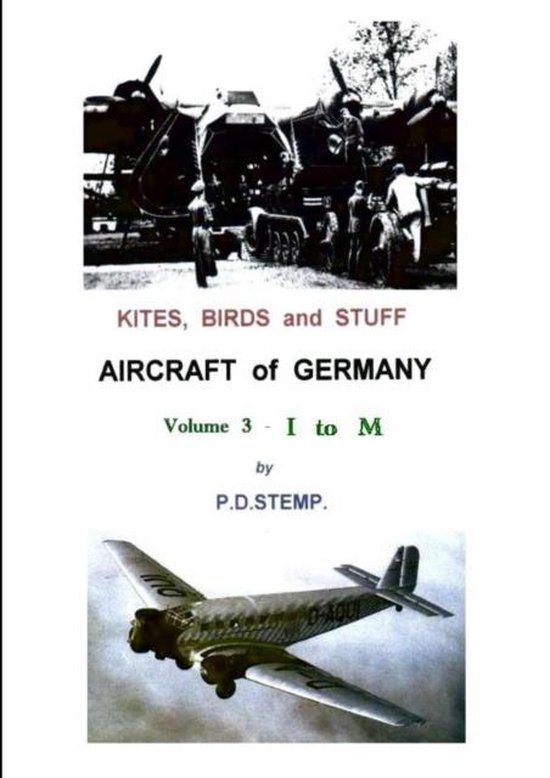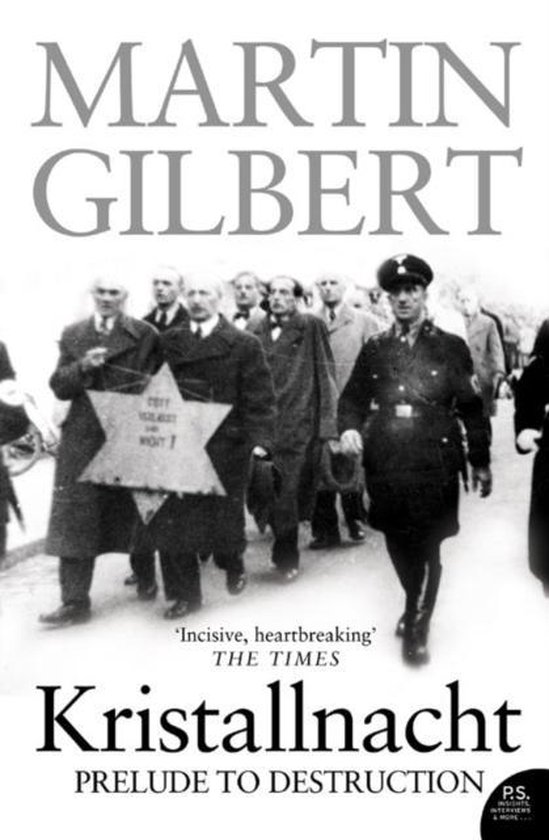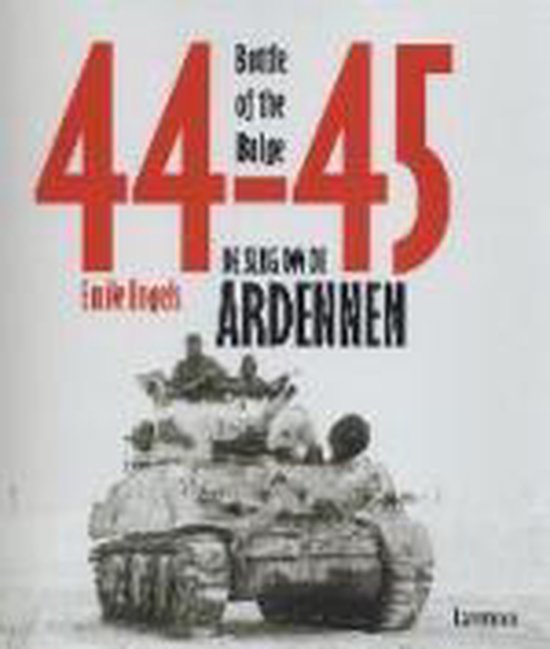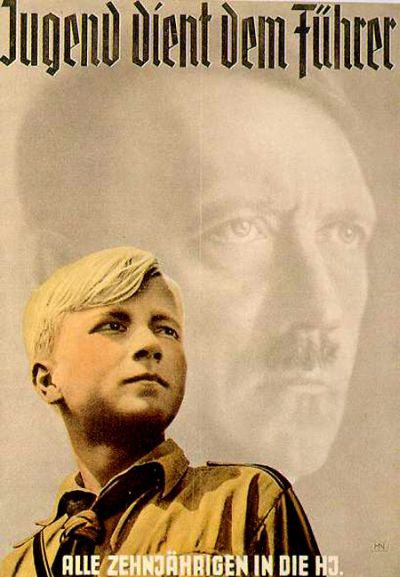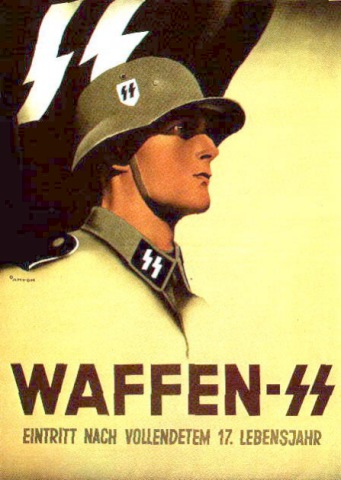Fort Mutzig
The fortress at Mutzig (also known as Feste Kaiser Wilhelm II) is probably one of the biggest and strongest of all fortresses in Europe. In 1893, Germany started building the fortress, eventually it would take 23 years to finish the job.
The total area of the fortress covers Ca. 254 ha, with 40,000 square meters of underground space. The construction of Mutzig was the beginning of a new era in fortification building. For the first time in the history, people used concrete for fortifications and installed a power plant within a fortress.
At wartime the garrison consisted of 6.500 to 7.000 persons.
The fortress never functioned as it meant to be. In August 1914, a short skirmish took place between the French army and the fortress. After taking heavy casualties, the French withdraw and never came back during World War I. In 1919, Alsace-Lorraine was returned to France by Germany and same applies for Mutzig. In 1940, the Germans retook the fortress and settled in for a while. Due to miscommunication between the Wehrmacht and Luftwaffe, the fortress was bombed by Stuka air planes while the Germans were still inside Mutzig. During this incident, several German soldiers were killed by friendly-fire. The Germans dismantled Mutzig during the occupation of France. In 1944, the garrison consisted of elements of the Volkssturm and Hitlerjugend. They had to defend this empty fortress against the U.S. 7th Army. Within a couple of minutes, the garrison surrendered.
Nowadays, the fortress is open to the public. Visitors are guided in small groups through the fortress and underground tunnel system. The duration of a guided tour is approx. 2.5 hours. Outside on the parking place are an armour-plated cupola of a M3A1 Stuart tank, Panzerturm M19 B (grenade launcher) and an unknown type of Railway gun placed.
A German 15 cm sFH 13 L/14 howitzer is standing on the "roof" of fort Mutzig on display. This type of howitzer was used by the German army during the First World War as regular weapon and during the Second World War as "Beutewaffen", mostly captured pieces from the Belgian and Dutch army. The howitzer has been restored.
For current visiting hours, please visit the website of the museum.
Do you have more information about this location? Inform us!
Source
- Text: Kaj Metz
- Photos: Hans Vermeulen (1, 2), Kaj Metz (3, 4, 5)
Related books
Nearby
Point of interest
Monument
- Memorial Liberation Molsheim - Molsheim
- War Memorial Avolsheim - Avolsheim
- War Memorial Still - Still
Cemetery
- Commonwealth War Graves Wasselonne Protestant Communal Cemetery - Wasselonne
- Commonwealth War Graves Ottrott Communal Cemetery - Ottrott
